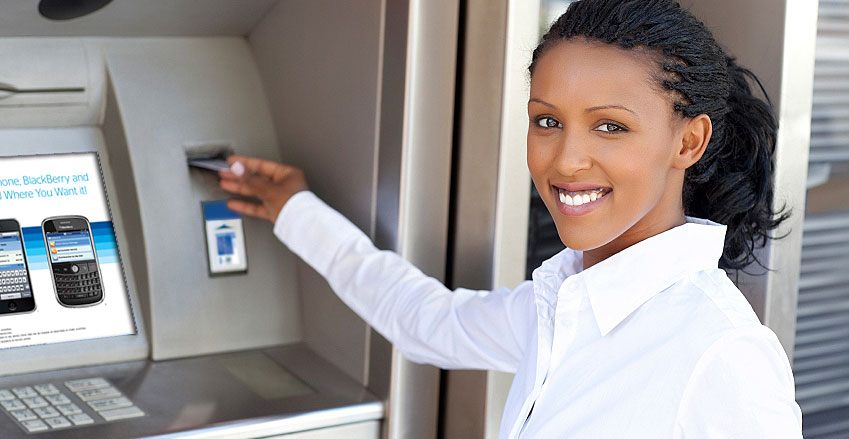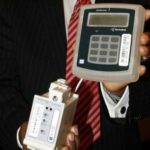Keep these tips in mind to take advantage of digital banking services without falling victim to cybercriminals.
- Do not share your Internet banking access passwords or the access code or pattern for devices such as cell phones, tablets or computers with anyone .
- Set the auto-lock option on mobile devices. You can do it using PIN, pattern, fingerprint or facial recognition, depending on the device.
- Do not enter private data on public Wi-Fi networks. Some of these open networks (that do not ask for a password) can be used to access users, passwords and others, and then use them fraudulently.
- Do not save passwords on cell phones or computers. Neither bank account numbers or debit or credit cards. If the devices are stolen, the criminal will have all your information.
- Do not give out personal or financial information through phone calls, messages or emails, under any circumstances.
- Activate the cell phone transaction notification service to keep an eye on your bank transactions . Report to the bank immediately if you receive a notification of an unsuccessful transaction.
- Use applications that increase the security of your devices , such as antivirus, backup copies, etc., to protect your information.
- Check the bank’s website by checking that the browser’s address bar begins with “https” and shows a padlock, which indicates a secure connection to enter personal information.
- Avoid having the same password in banks and in your email or social networks. It is possible that a cybercriminal will try the same information from your networks to access your bank account.














